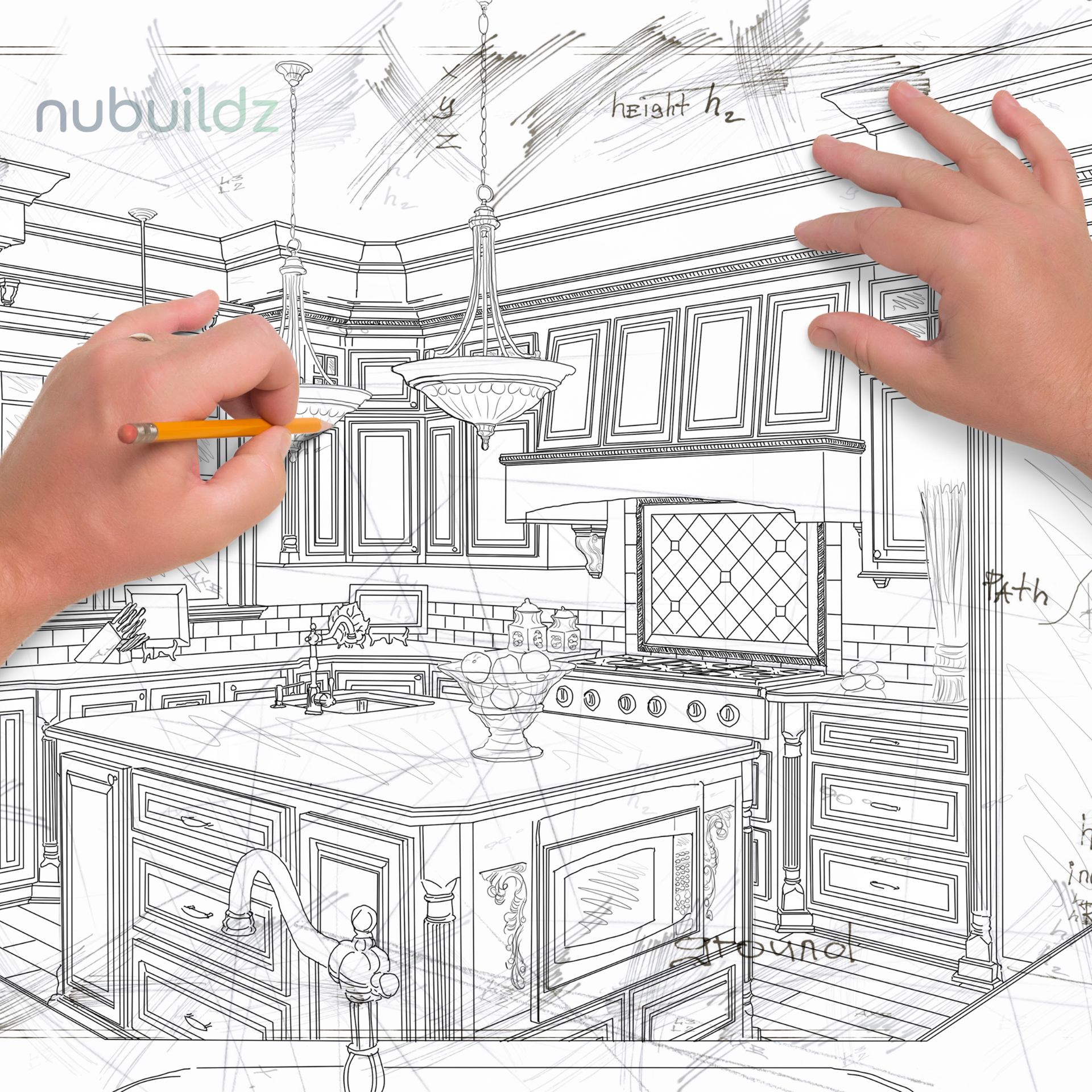Every homeowner dreams of tailoring their living space to reflect their personal style and preferences. The customization of a home is not only a representation of one’s aesthetic tastes but also a testament to the functional needs of its inhabitants. When diving into the myriad of customization options, it’s worth exploring some primary areas.
The layout of a home is foundational to its overall feel. Some homeowners lean towards an open concept design, which eliminates walls to create a seamless flow between the living room, dining area, and kitchen. This design, prevalent in contemporary homes, offers a spacious and inclusive ambiance. For those who need more rooms, be it for work, exercise, or hobbies, modifications to the existing structure can be made. Alternatively, a loft conversion is a creative solution for homes that can transform an attic into a functional room, making efficient use of the space at hand.
The kitchen and bathroom stand out as two key areas in any home, offering both functional and aesthetic value. The choice of cabinets and countertops can drastically change a kitchen’s character. Some might opt for the rustic charm of wooden cabinets, while others might prefer the sleek sophistication of marble countertops. Similarly, fixtures in both the kitchen and bathroom are not just utility components but can be significant design elements. Tilework, too, holds immense potential. A carefully chosen backsplash or bathroom wall tile can be an artistic statement in itself.
Walls and ceilings are vast canvases that homeowners can use to express themselves. A fresh coat of paint or a carefully selected wallpaper design can alter a room’s mood and character. Some might even opt for feature walls, dedicating one wall to a standout design, perhaps through an intricate paint job, woodwork, or art display. Ceilings shouldn’t be overlooked either. Different treatments like coffered, tray, or beamed ceilings can introduce a unique architectural charm to rooms.
The flooring of a house bridges functionality with aesthetics. While the timeless appeal of hardwood is preferred by many due to its easy maintenance and elegant look, others might lean towards the comfort and warmth of carpets. The function of the room and the local climate can influence this choice. Bathrooms and kitchens, for instance, might benefit more from durable tiles and stones. For those exploring alternative solutions, materials like bamboo, cork, and vinyl present both eco-friendly and cost-effective options.
Lastly, the final touches to a home are often what make it truly unique. The play of lights, ranging from grand chandeliers to subtle floor lamps, influences the ambiance. Even seemingly small details, like the choice of doorknobs, cabinet handles, and faucets, can integrate into the broader design narrative. And, of course, personal artifacts, plants, cushions, and artworks infuse life and history into the space, making a house truly a home.
In sum, personalizing a home is a journey of choices. While the options are vast, the goal remains the same: to create a space that resonates with its inhabitants. Whether one is renovating or setting up a new home, it’s always beneficial to plan, budget, and, if necessary, seek expert advice to bring their vision to life.












